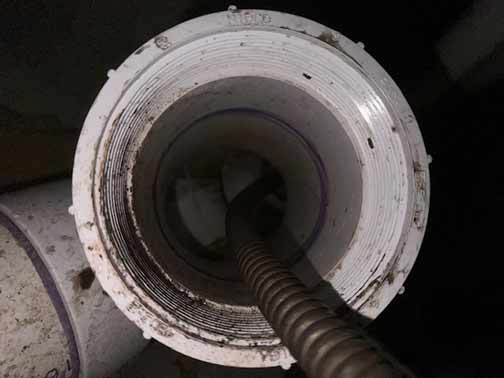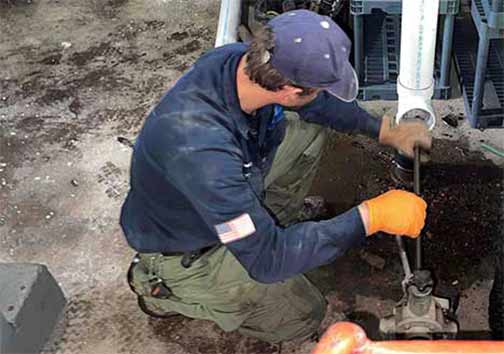
Drainage issues in the home can be mildly annoying if they are small problems like a slow-draining shower. But bigger issues such as sewer backup can be life-threatening, warns TXC Management. A sewer system that works is essential for the health, safety and comfort of your family.
All sewer line problems in the home start as small problems that have been overlooked for a long time. Eventually, these problems grow until they become big enough to disrupt the function of the sewer line or even make the home temporarily uninhabitable.
These same issues that are present in a home can also happen in a commercial plumbing system. That’s because, despite their vast differences in scale, residential and commercial plumbing systems have the same functions and therefore suffer the same problems.
The only difference is in the scale of those problems and the number of people impacted by issues in a commercial sewer line. This is because of the number of people – business owners, employees, customers, etc. – who rely on the system.
The impact of problems in commercial plumbing systems is more widespread. The financial cost of those issues is also higher; both in the direct repair costs and the indirect cost to the businesses that occupy the building. This is why commercial sewer lines need a lot of care.
What are the primary issues experienced in sewer lines?
In both residential and commercial sewer systems, the major problems are clogs and blockages. These interfere with the proper function of the drains, making it hard to use the plumbing fixtures in the office and home, or even putting the entire system out of commission.
What causes sewer line clogs and how do you solve the problem?
Why clogs and blockages happen in residential and commercial sewer systems
Clogs and blockages within a sewer line are caused by excessive buildup inside the pipes. It is not possible to stop buildup from happening inside a sewer line. That’s because the wastewater that enters the sewer line usually contains a lot of solid and semi-solid materials.
As the water flows through the line, some of the non-liquid content is left inside the pipes. This mostly happens around joints and the uneven or low points in the sewer line. Over time, significant amounts of debris can build up around these areas.
This debris will start interfering with wastewater flow through the pipes, slowing it down and increasing the buildup rate. If the problem is not checked, this pipe will eventually become blocked. However, there is a way to solve or prevent this problem.

Sewer rodding and its role in efficient sewer line function
Sewer rodding is a cost-effective drain cleaning method that uses a series of flexible rods to access the unreachable parts of a sewer line. These specially designed rods are made of polypropylene with steel hardware at their two ends. They are flexible enough to go around the bends in the line yet rigid enough to remove debris.
Typically, these rods are around three feet long, but when screwed together, they have enough range to reach the remotest parts of the sewer line. Sewer rods have a hook, auger, or other equipment attached to their end. This is used to snag, dislodge or break up any debris inside the sewer line.
How sewer rodding promotes efficient sewer line function
Sewer rodding offers businesses a non-invasive method for keeping their sewer line in top condition at a low cost. In a few short hours, a reputable sewer rodding service can clean the entire sewer line in a building, without disrupting the occupant’s daily routines.
Furthermore, when done at regular intervals, sewer rodding stops clogs and blockages, by getting rid of buildup before it can impede the performance of the sewer line. This helps to cut the building’s plumbing maintenance costs while prolonging the life of the sewer line.
Other benefits of sewer rodding include:
High accuracy
When trying to target specific sections of a sewer line for cleaning, sewer rodding is the perfect drain-cleaning method. Methods like hydro-jetting do not offer this advantage.
Breaks up the debris
Power rodding will also break up the debris inside a sewer line, making it smaller. Smaller particles are easier to flush out of a sewer system.
Sewer rodding is versatile
Sewer rodding can be used for all kinds of clogs, regardless of where the problem happens; blocked sink, slow toilet or a blockage in the main sewer line.
Sewer rodding is safe
Sewer rodding does not threaten old fragile sewer lines. Additionally, it will not result in damage to local plants or wildlife and it will not contaminate natural water sources.
Lastly, sewer rodding does not take time.
Using this method, a reputable commercial plumber can restore your building’s sewer line to its original condition, within a few hours. Rodding your sewer line on schedule is the best way to maximize the system’s efficiency while minimizing costs.

